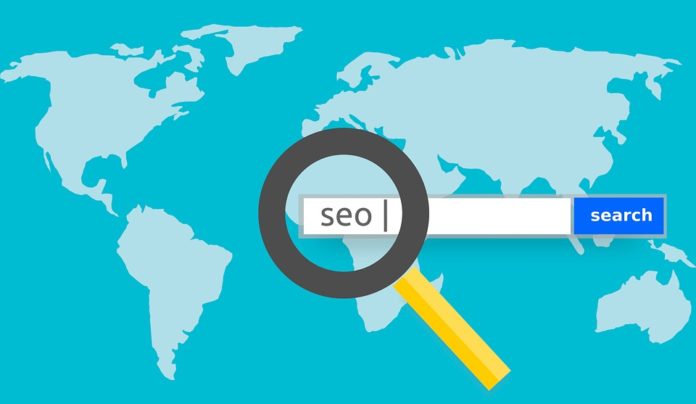SEO (Search Engine Optimization) is the optimization of websites for search engines, such as Google, the world specialist. Thus, the SEO allows a company to gain visibility during the search for information on a search engine. This technique is a real development strategy for society.
What is SEO: explanations:
When searching on Google, the user arrives directly on the result pages (SERPs: “Search Engine Result Page”). The SERPs correspond to a list of sites that are found following a query in a search engine. The ranking of these results pages is done via the search engines.
A SERP always presents itself in the same way:
Paid advertisement: Ad corresponding to the paid referencing said referencing SEA (Search Engine Advertising). This allows gaining visibility and quality traffic.
Natural Announcement: Ad corresponding to free SEO and says SEO. A natural ad appears based on a user’s search terms.
How to optimize your site via SEO?
The three most efficient bases for optimizing the visibility of your website and gaining position on search engines via natural referencing are the technique, the semantics (the content of the pages) and the popularity of the website.
The technique:
It is significant to take the period to build a site optimized for SEO. For this, web designers have a wide range of techniques, for example:
- Responsive Web Design (RWD): A design that resizes automatically to the resolution of a device (mobile phone, tablet, computer, etc …)
- Fast loading time: Ideally less than 4 seconds to load a site.
- Have a thoughtful tree: The tree is the breadcrumb of your site. Working on the structure of your pages makes it possible to organize the contents and to favor the links between the different categories and pages of the website, that is to say, the internal mesh. A good tree invites “GoogleBot” robots and visitors to navigate agile on the site, creating more traffic.
Semantics:
Semantics is the content of your website.
The artificial intelligence of Google allows through its robots to identify and structure all components of the pages via criteria. Thus, practices and tools adapted to its logic will lead to better positioning in research. Here are some examples:
- Use Google-tailored keywords: Using search terms from people will help your business show that you’re aligned with the user’s request. Thus, the content of the page will be more relevant,and the page will be better positioned in the search results. However, it is significant to keep in mind that the popularity of keywords is constantly changing, which requires frequent adaptation of your content.
- Have unique content compared to other websites or even your site: thus, it is necessary to limit the duplication of content so that your URL is indexed or even downgraded by Google. In any case, the duplication rate of a URL must not exceed 15% (source: Siteliner).
- Respecting the markup of a site: The markup corresponds to all the titles of the contents. The h1 (“Heading 1”) is the first-level title that can only be placed once in a URL,and the tags h2 to h6 are sub-level titles corresponding to the sub-parts. To get a good SEO, a tag must be created strategically by playing with the relevant keywords. However, once the URL is selected and open, the tags must of course also contribute to the attractiveness of the content itself.
Popularity:
The popularity of a website is evaluated primarily through its inbound links both in number and quality. Inbound links or backlinks are hypertext links that point to a site.
A Netlinking strategy is therefore necessary.
These links are for Google criteria of relevance to position a site in its search results. So, to have a quality natural referencing here are some tips:
- To have links to the same theme: the link must be on a page related to the same subject as yours.
- Have a trust flow (high confidence Google): a link from a trusted site will naturally be better referenced.
The SEO optimization techniques exposed, for good positioning on the search engines, are not the only ones, other practices are also accessible such as analysis and optimization of behavioral signals (click rate, bounce rate,the average duration of sessions, etc.). This analysis is carried out through the use of complementary levers such as communication on social networks, writing blogs, e-mailing campaigns, a mobile application, the opinions,and comments of Internet users and various exchanges posted on the web.
Targeted SEO optimization can generate qualified traffic thanks to a good positioning on the search engines. It will lead you to gain notoriety with a target of Internet users interested in your business and their loyalty.
Read More:
- 10 SEO trends that will dominate 2018
- Difference between SEO and SMO
- SEO facts – everyone must know before start






